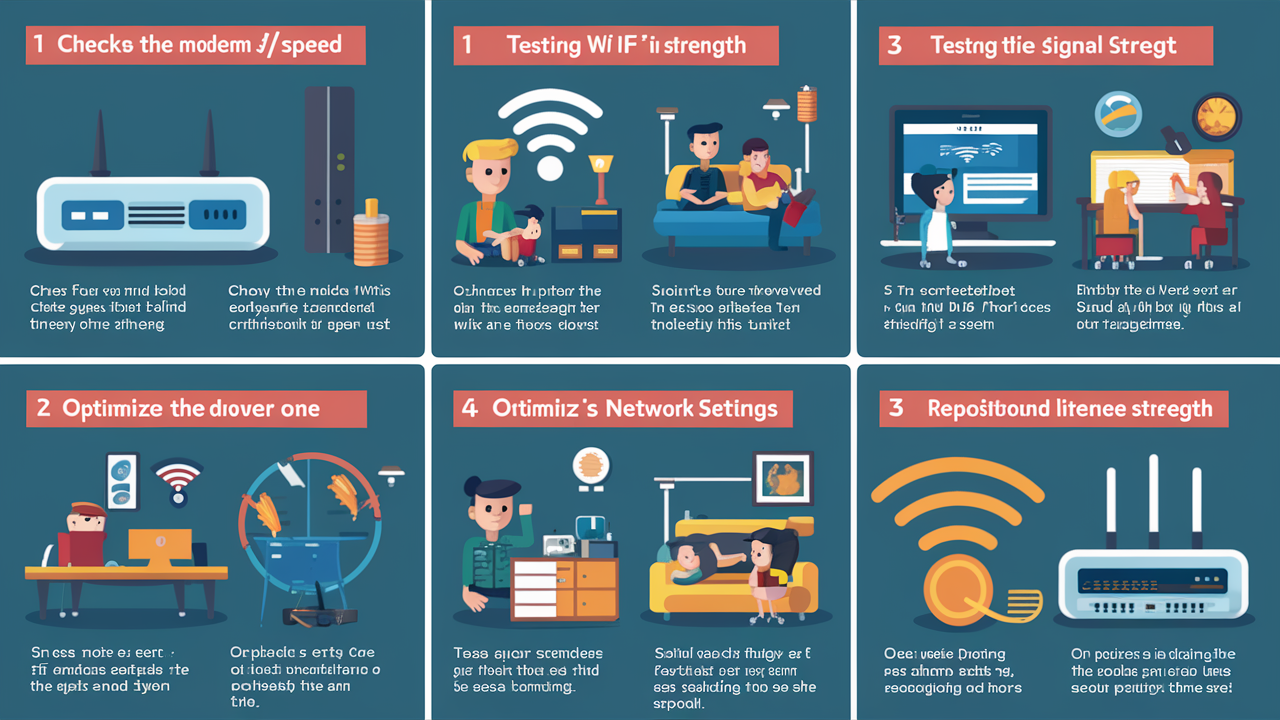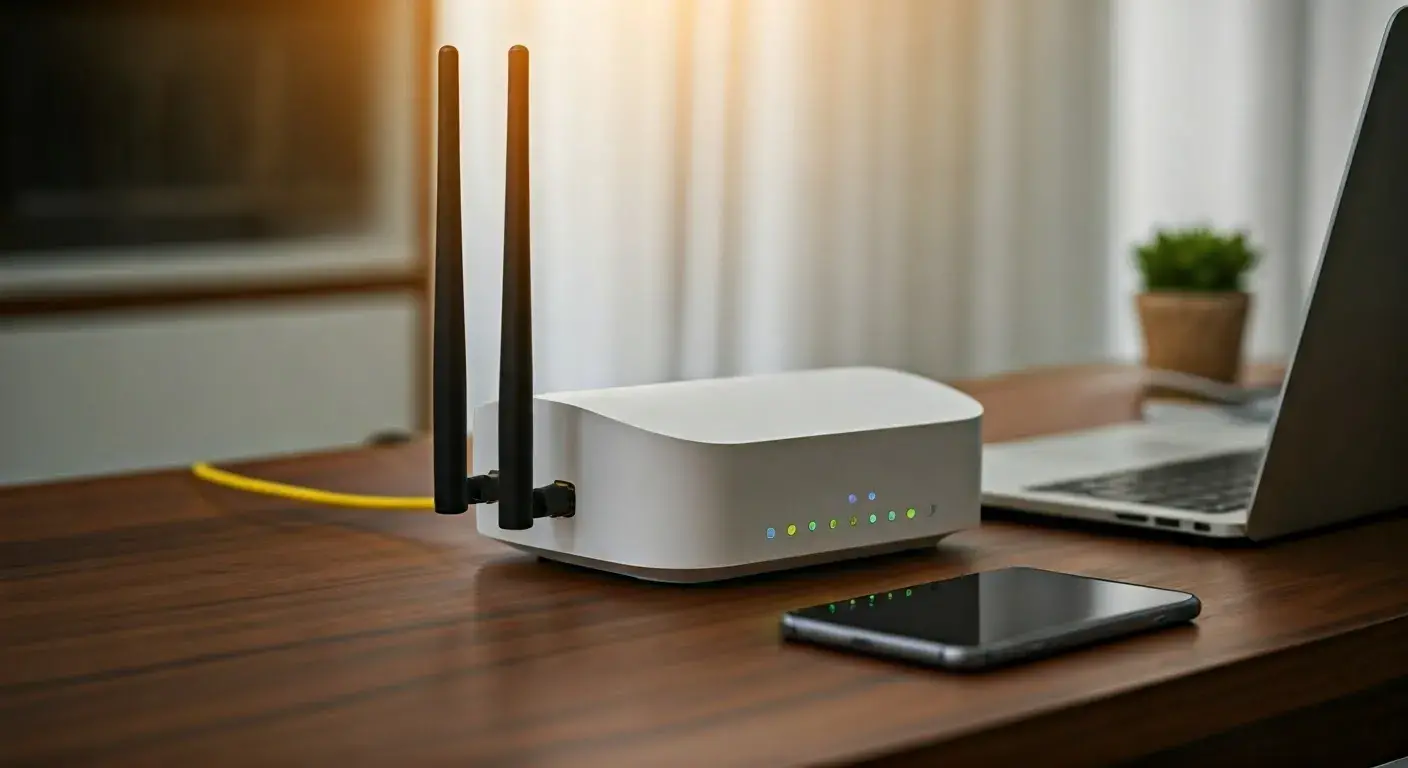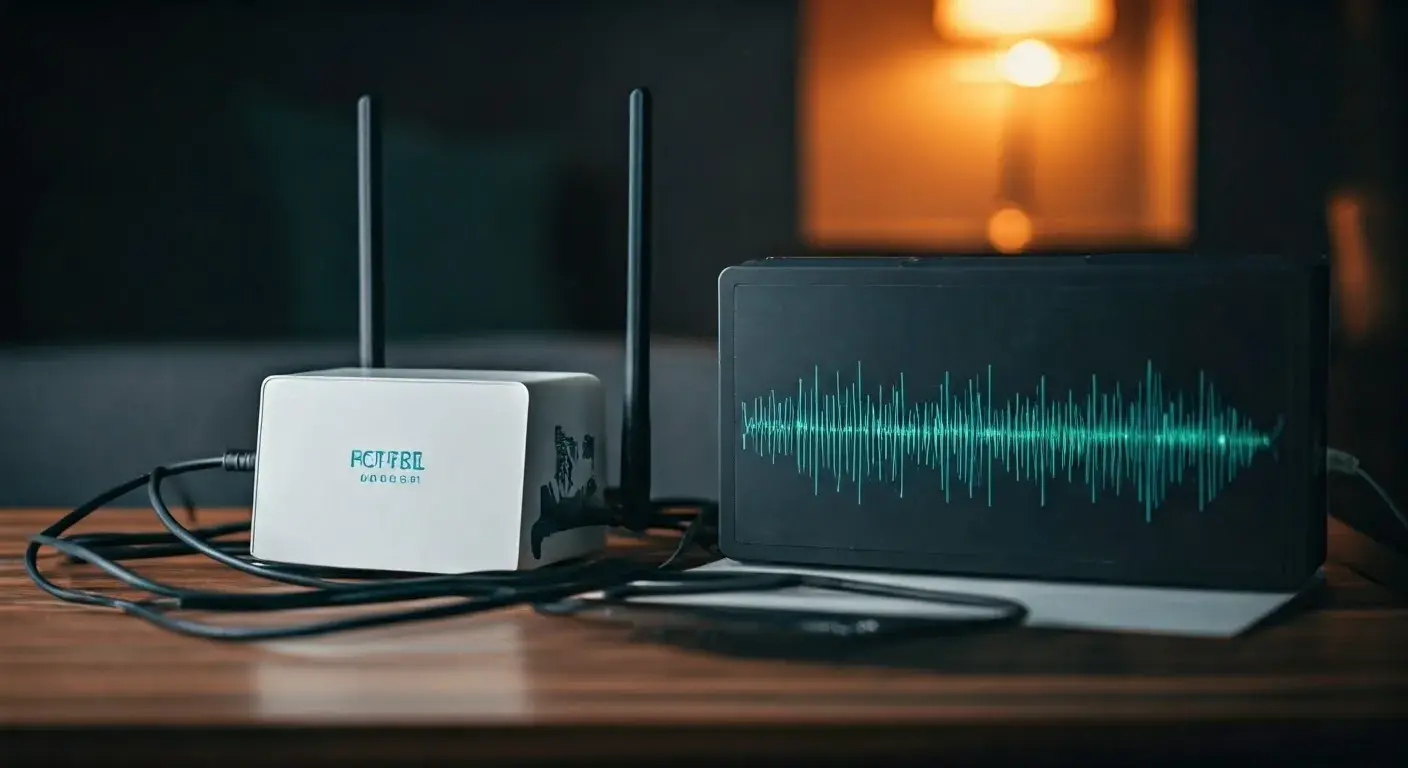How do I fix slow Internet speed?

I know that having slow internet can be very shocking because one can be very much into a task, and then the internet slows down. Whether you’re attempting to watch videos online, go through online pages, or play games online, a slow connection can turn into a mere nightmare to complete even the simplest activities. Thankfully, it is possible to take several measures that would help to increase the speed of your internet connection.
First, you should try simply powering off your router and the devices connected to it for a while. Even the simplest action of rebooting your router, as well as your devices, such as the computer or phone, can help eliminate memory leaks, connectivity issues, or other troubles that accumulate over time and cause sluggishness. Try flipping the switch or unplugging your router for half a minute before you plug it back in again.
Second, the position of the router deserves some attention. The physical location of your router in your home and the physical barriers between your router and the device that is connected to it can compromise, affect, and weaken the wifi signal. Ensure that your router is positioned at the central part of your house most preferably at a higher place away from physical barriers and other commodities that may hamper communication.
You will also need to check the router firmware and the drivers on all your devices for an update. It is possible to achieve the desired speed by updating firmware and drivers because old versions of firmware and drivers may contain bugs and work less efficiently than the new ones. Software companies often release a new version to fix a bug or enhance performance. Check all the settings for the best connection and update all the relevant requirements.
Finally, it is highly recommended to tidy up your disk and browser. When their hard drives are full and browser cache directories are large, they consume the resources required for speed and file transfer. From the computer, delete your files, browsing history, and cache to avoid slowing down the processes in the computer.
Next, confirm that the broadband plan you are connected to has enough bandwidth for your needs. For instance, for those families where several members are sharing several devices to access the internet to perform high bandwidth activities such as streaming of high definition videos among other activities, internet plans that are overloaded are likely to slow things down. Perhaps you could try changing to a broadband service provider with a larger bandwidth.
The transmission from other nearby wireless networks intrudes on your connection. One of the best ways to go about this is by installing a WiFi analyzer application that is able to identify overlapping and switch to the least occupied channel.
Make sure that you take your readings when you are directly connected to your modem and then compare them with the readings when you are connected to your router's WiFi. If WiFi is much slower you should try replacing them if the router is old. You can also try to change the frequency channel if the router is wireless to minimize on interferences.
Scanning for malware and viruses is also important as these entities can route web traffic and steal bandwidth while introducing unnecessary lag. Scrub viruses using anti-virus software to clean out any malicious programs.
You can also change DNS by going to a free third-party DNS internet service like Google DNS or OpenDNS which are faster than ISP DNS.
Ethernet is faster than WiFi, so for devices that do not move around, try to connect them through Ethernet cords to prevent wireless limitations.
For example, if more than one person is actively using the internet, set up QoS configs on your router to allocate bandwidth for the most important activities such as video calls while preventing tools from hogging the bandwidth.
If you still experience a slow internet connection, you should talk to your internet service provider regarding congestion from too many users connected to a node. An important note is that many providers have ways to correct node throttling problems that are responsible for the slowdowns.
And finally, check internet plans and their rates for high-speed connections if no changes are enough for you. This implies that your provider lacks the infrastructure needed to supply products to your location at the current fast speeds. If none of these short-term fixes work, consider the prospect of upgrading to fiber, cable, or other high-bandwidth connections as your long-term solution.
The above troubleshooting can solve a myriad of slow internet causes and if followed diligently, the problem can be eradicated. Focus on WiFi interferences, obsolete equipment, overloaded networks, and contaminated devices, as they are among the primary sources of internet speed issues. In this case, most homes, when corrected, can bring back their connectivity to the fastest and most responsive they were.
Upgrade to faster, more reliable AT&T Fiber Internet today! Call us at +1 844-905-5002 and get connected with speeds that keep you ahead.





